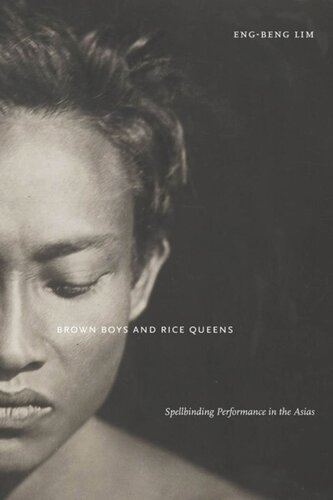

Most ebook files are in PDF format, so you can easily read them using various software such as Foxit Reader or directly on the Google Chrome browser.
Some ebook files are released by publishers in other formats such as .awz, .mobi, .epub, .fb2, etc. You may need to install specific software to read these formats on mobile/PC, such as Calibre.
Please read the tutorial at this link: https://ebookbell.com/faq
We offer FREE conversion to the popular formats you request; however, this may take some time. Therefore, right after payment, please email us, and we will try to provide the service as quickly as possible.
For some exceptional file formats or broken links (if any), please refrain from opening any disputes. Instead, email us first, and we will try to assist within a maximum of 6 hours.
EbookBell Team

0.0
0 reviewsHonorable Mention for the 2015 Cultural Studies Best Book presented by the Association of Asian American Studies
Winner of the 2013 CLAGS Fellowship Award for Best First Book Project in LGBT Studies
A transnational study of Asian performance shaped by the homoerotics of orientalism, Brown Boys and Rice Queens focuses on the relationship between the white man and the native boy. Eng-Beng Lim unpacks this as the central trope for understanding colonial and cultural encounters in 20th and 21st century Asia and its diaspora. Using the native boy as a critical guide, Lim formulates alternative readings of a traditional Balinese ritual, postcolonial Anglophone theatre in Singapore, and performance art in Asian America.
Tracing the transnational formation of the native boy as racial fetish object across the last century, Lim follows this figure as he is passed from the hands of the colonial empire to the postcolonial nation-state to neoliberal globalization. Read through such figurations, the traffic in native boys among white men serves as an allegory of an infantilized and emasculated Asia, subordinate before colonial whiteness and modernity. Pushing further, Lim addresses the critical paradox of this entrenched relationship that resides even within queer theory itself by formulating critical interventions around “Asian performance.”